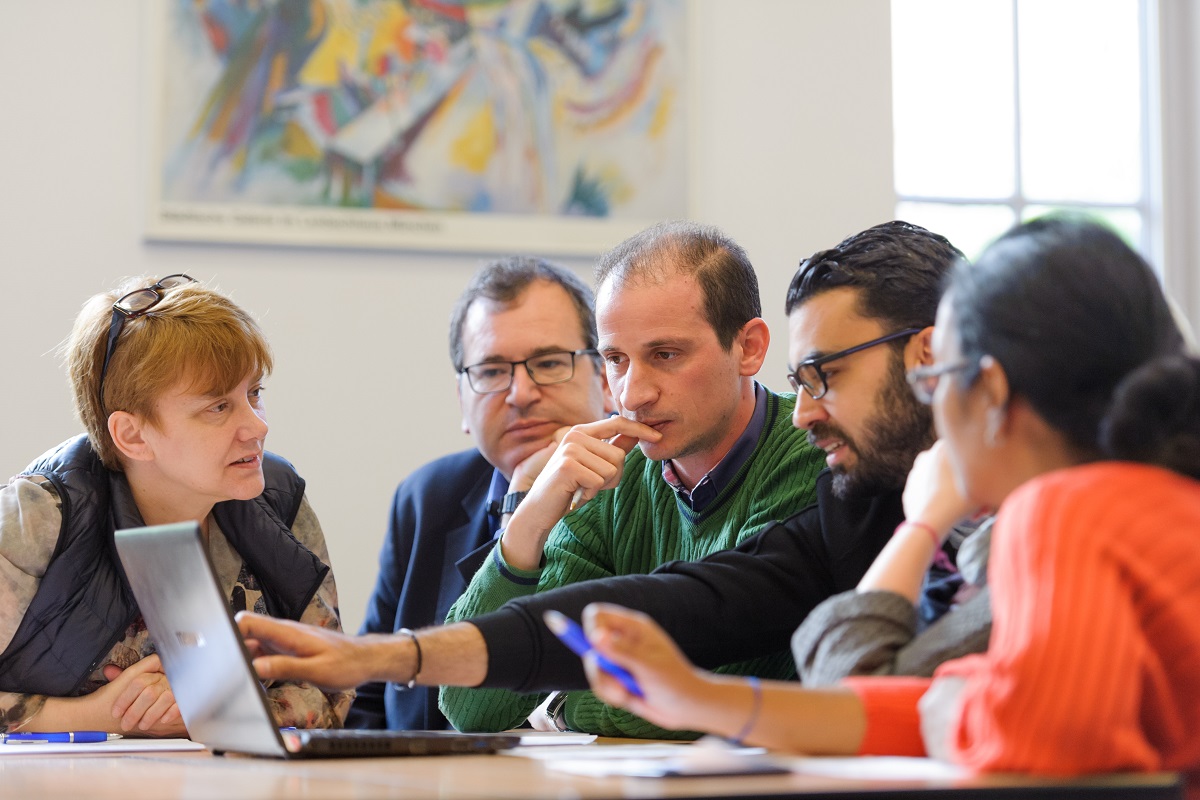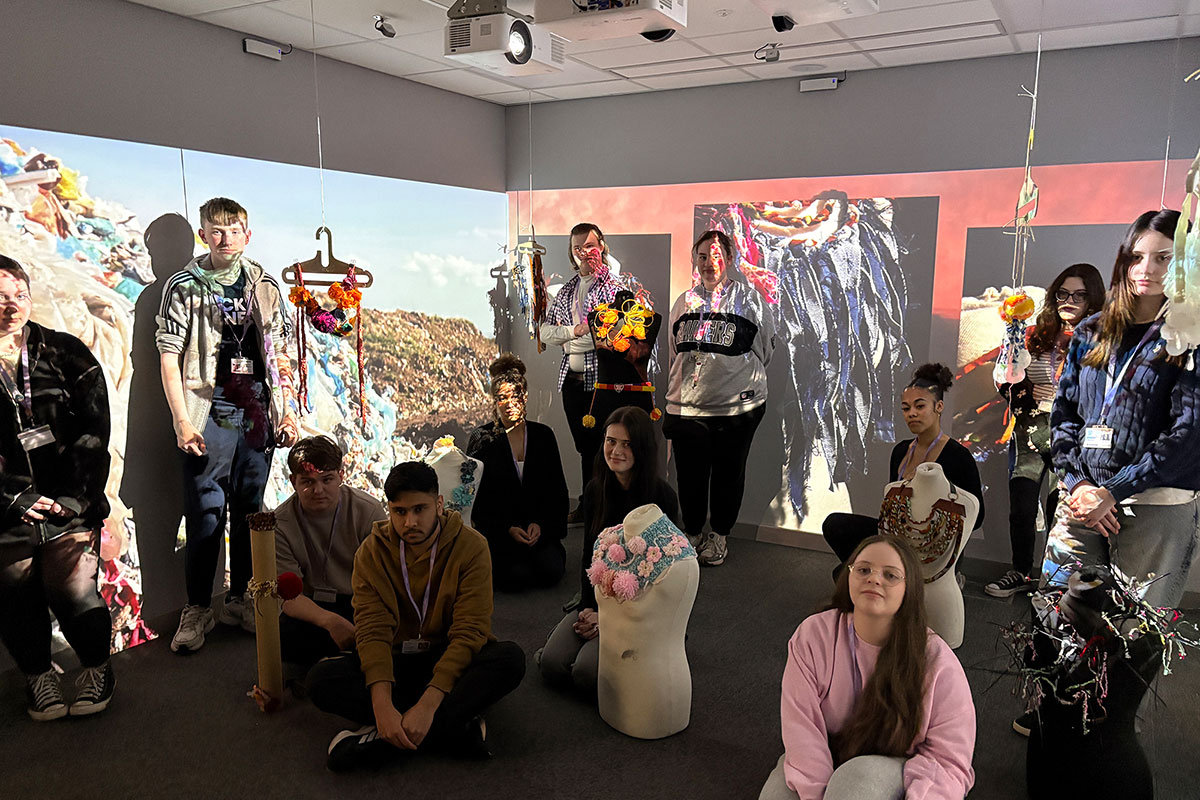Text-based coding is the key to bridging the digital skills gap

Nothing emphasises the shortage of technical skills in the UK workforce as much as the fact that the UK economy is losing £6.3 billion in GDP per year due to unfilled job vacancies for technical roles. With a recession looming, it is now more important than ever to minimise the effect this tech talent shortage has on the economy. Despite the modest measures that are being taken to encourage more individuals to seek jobs in technology, the UK still needs to do more to create the qualified workforce that it needs to stay competitive.
The demand for text-based programming languages is by far the greatest it has been to date – any job site can attest to the size of the demand for programming languages such as Python. However, there have been many obstacles that have prevented people from learning and implementing these skills. To effectively address the digital skills gap, there are several issues at hand that need to be resolved.
Text-based coding is important, but why is it perceived as so inaccessible?
Python is the most widely used and fastest growing developer language in the world, with a huge range of uses from powering machine learning to web development and data analytics. Most software and applications that you use daily are likely programmed in text-based languages, given their flexibility and phenomenal problem-solving capabilities. Text-based coding is immensely powerful.
But while these languages are widely used, they’re perceived as difficult to learn, especially when trying to engage children. Which, ultimately, all contributes to the skills shortage we experience.
Text-based languages can challenge younger children’s reading and typing skills. It is also hard to learn and remember all the code you need, particularly when starting from a blank screen, and it can easily become overwhelming. Making mistakes, resulting in errors, is all part of the process but, if these aren’t understood quickly, they can become frustrating and demoralising. Despite UK secondary schools introducing space in the curriculum to learn programming languages in 2014, sadly, teachers and students alike have struggled to really engage with languages like Python, given their technical complexity.
The lack of digital diversity
Although learning text-based coding presents universal challenges, we also need to consider how these difficulties relate to current diversity problems in tech too. A recent study indicated that young people in the tech industry from diverse backgrounds are more likely to experience workplace discomfort due to their gender, race, socioeconomic status, or neurological condition than with the actual work itself.
This also applies to computing education in schools – for instance, even with more students taking computing A-level this year, there is still a significant gender gap, with 82% of students being male. However, we know in the instances where girls do take computer science, they tend to outperform their male counterparts.
So, what is it that prevents girls from taking computer science and tech related subjects?
The lack of girls in tech education is not related at all to lack of enthusiasm or skills, but rather a cultural problem. Social prejudices and perceptions are a big driver in preventing women from choosing to go into computing. This is true even among female educators, who feel less secure teaching the subject. While changing cultural attitudes can’t be done overnight, there are steps we can take now to make computing more accessible for underrepresented groups, such as changing how computing is taught.
Easing the transition to text-based programmes
When it comes to highly sought-after skills like text-based programming, it is vital that we carefully examine the tools, hardware, and software, used in classrooms to ensure they’re accessible, inclusive, and enjoyable for all.
However, great resources aren’t so great if not combined with increased and adequate teacher support. With teaching being a female-dominated profession, it is important that they have the confidence and all the right resources to be able to instil excitement around computing education.
The Micro:bit Educational Foundation has a unique position in its long-term grassroots mission. The organisation has purpose-designed a handheld coding device to promote diversity and engage children in computing education. Over six million of these devices are currently in use worldwide, leveraging a wide range of insights and data from educators to reimagine the way text-based programming is taught, making it more accessible for new users.
With its new Python Editor, the organisation is making text-based tasks easier in the following ways:
- Incorporating ‘drag and drop’ code snippets and autocomplete to reduce literacy and typing barriers.
- Pairing with a physical computer to bring code to life, increasing engagement amongst girls and diverse groups.
- Lighter screen and code structure highlighting- created with underrepresented learners in mind.
- Flagging and explaining errors are you code
- Functional starter code and examples to relieve anxiety associated with starting from scratch.
Bridging the digital diversity gap at a grassroots level
Computing is a foundational subject, much like Biology and Mathematics, a sentiment shared by major US tech companies and the UK tech world alike. Micro:bit, a non-profit organisation, collaborates with educators and schools to implement the computing curriculum to encourage young people to study computing in college and resolve the gender gap in the field.
When considering the tech skills our country needs, we need to enact change at a grassroots level, re-evaluating and enhancing how we transfer the most important tech skills to young people and engage the broadest audience possible.
By Lucy Gill, Product Manager at Micro:bit Educational Foundation











Responses